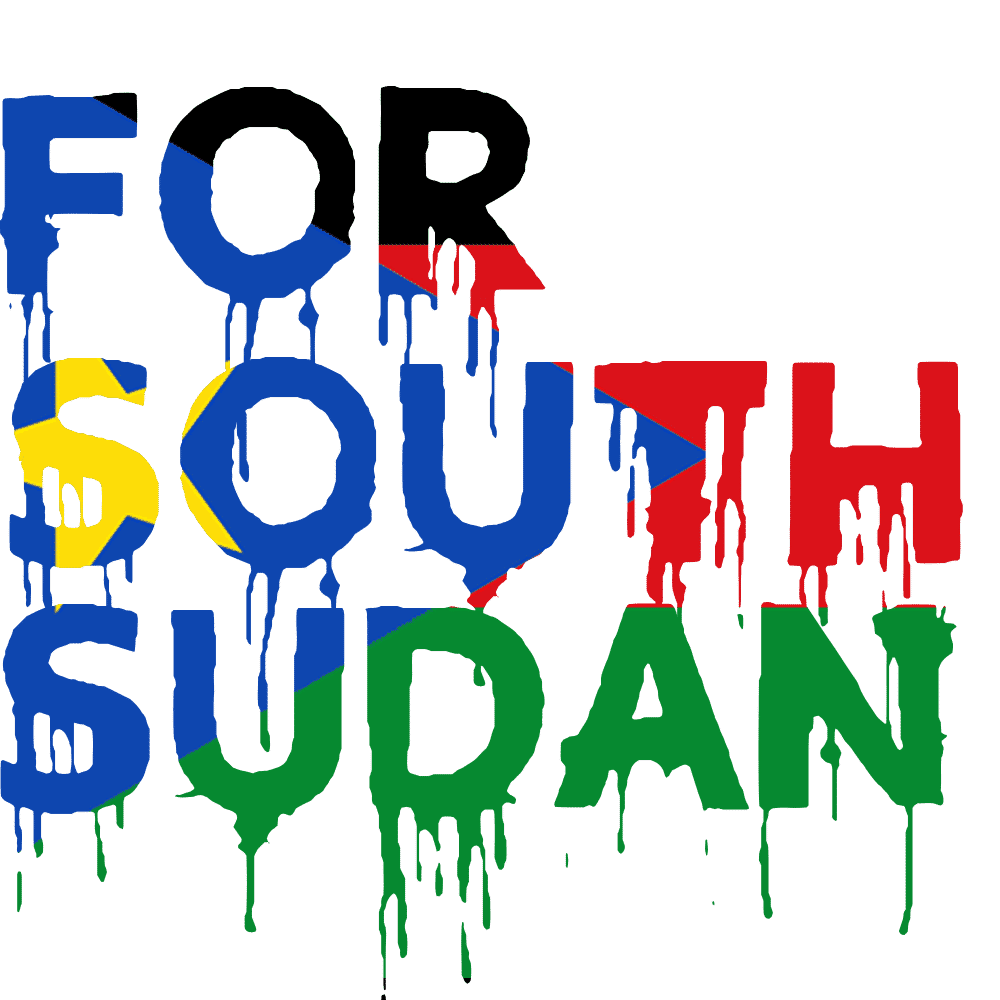‘Life is miserable’: Even when there’s food in South Sudan, many can’t afford it

Women carry bags of food home after an aerial food drop by the World Food Program in the town of Kandak, South Sudan, in May. (Sam Mednick/AP)
NAIROBI — If a teacher in South Sudan wants to buy a chicken for dinner, he would have to save everything he earns for two full months — and it still wouldn’t be enough.
Five years of intense civil warfare have decimated South Sudan’s economy and killed an estimated 380,000 people. A third of the population is displaced, every second person is going hungry, and hundreds of thousands are at risk of starving to death in the world’s newest country, according to the United Nations.
Parts of South Sudan — including key agricultural areas — are nearly emptied of people; they fled for safety or to find food. That means those who remain in South Sudan are relying on imports, even though a plunging exchange rate means imported food is overwhelmingly expensive. And despite the influx of billions of dollars in food aid, attacks on deliveries, bad roads, flooding and deliberate government interference mean that food often doesn’t get to the people who need it.
The result, according to United Nations data, is that even when food is available, many prices are so high — a single meal costs two times the national daily income, according to a report released this year — that people can’t buy the things they see in markets or shops. This is threatening to worsen a crisis that is already Africa’s biggest refugee exodus since the Rwandan genocide in the 1990s.
People are being forced to make difficult sacrifices to survive, said Nicholas Kerandi, a food security analyst with the U.N. Food and Agriculture Organization. Some eat only one meal a day. Others cut out education or health-care costs. Many become refugees.
“It’s a way of coping. You have less income, but you still have to eat,” Kerandi said.

